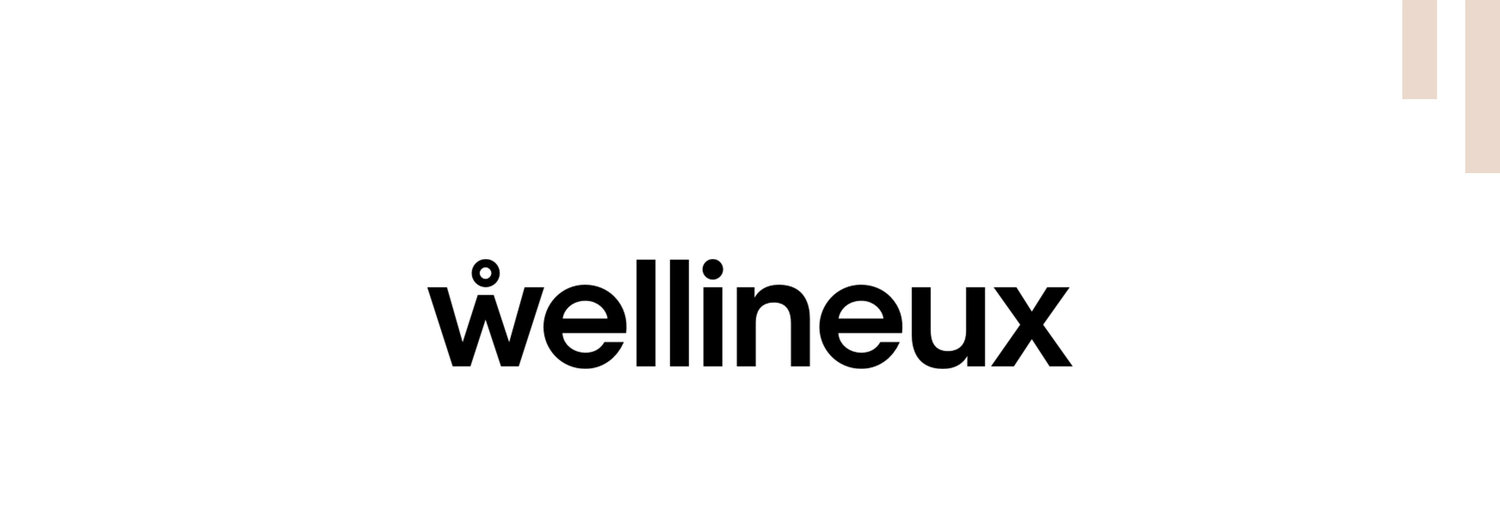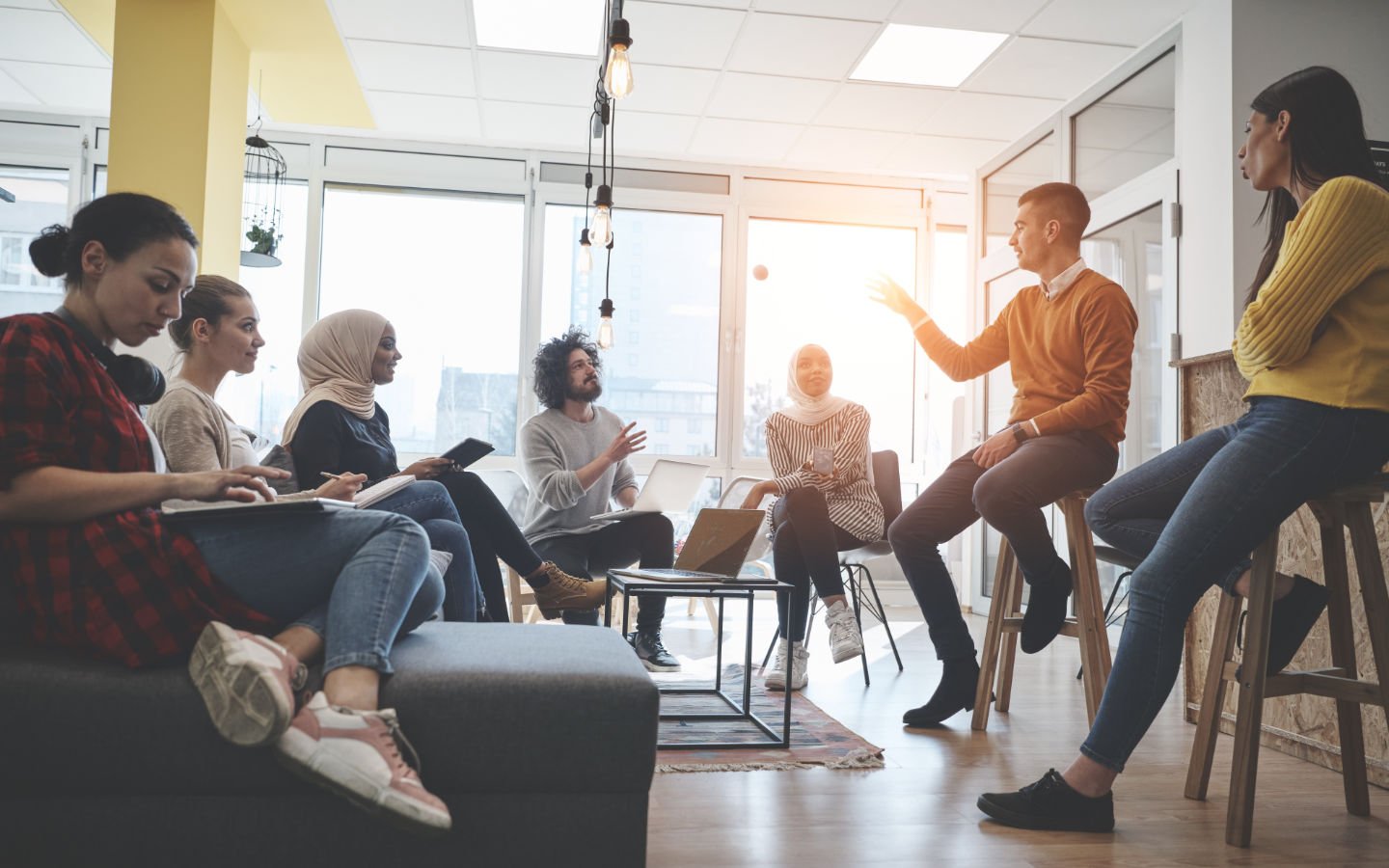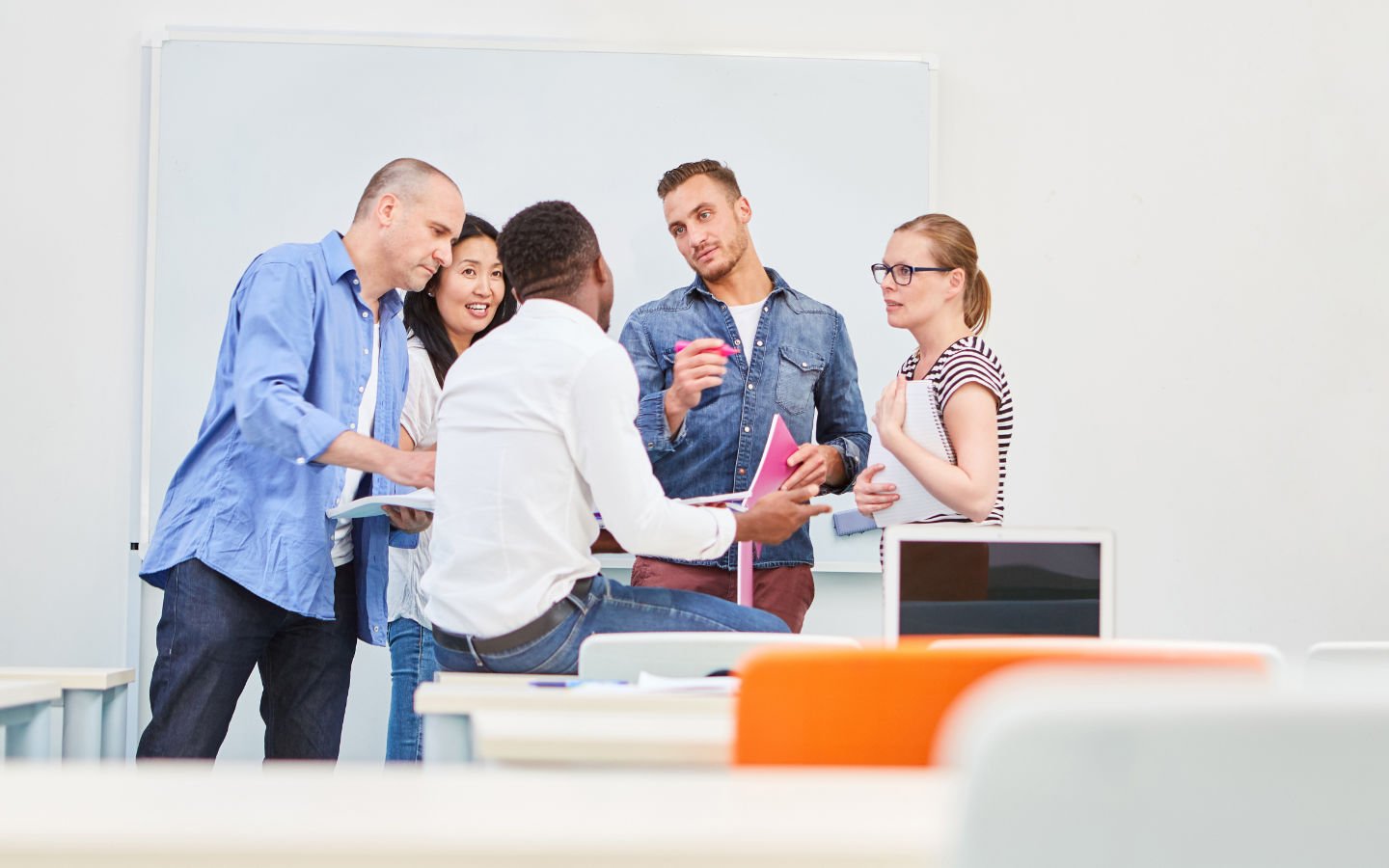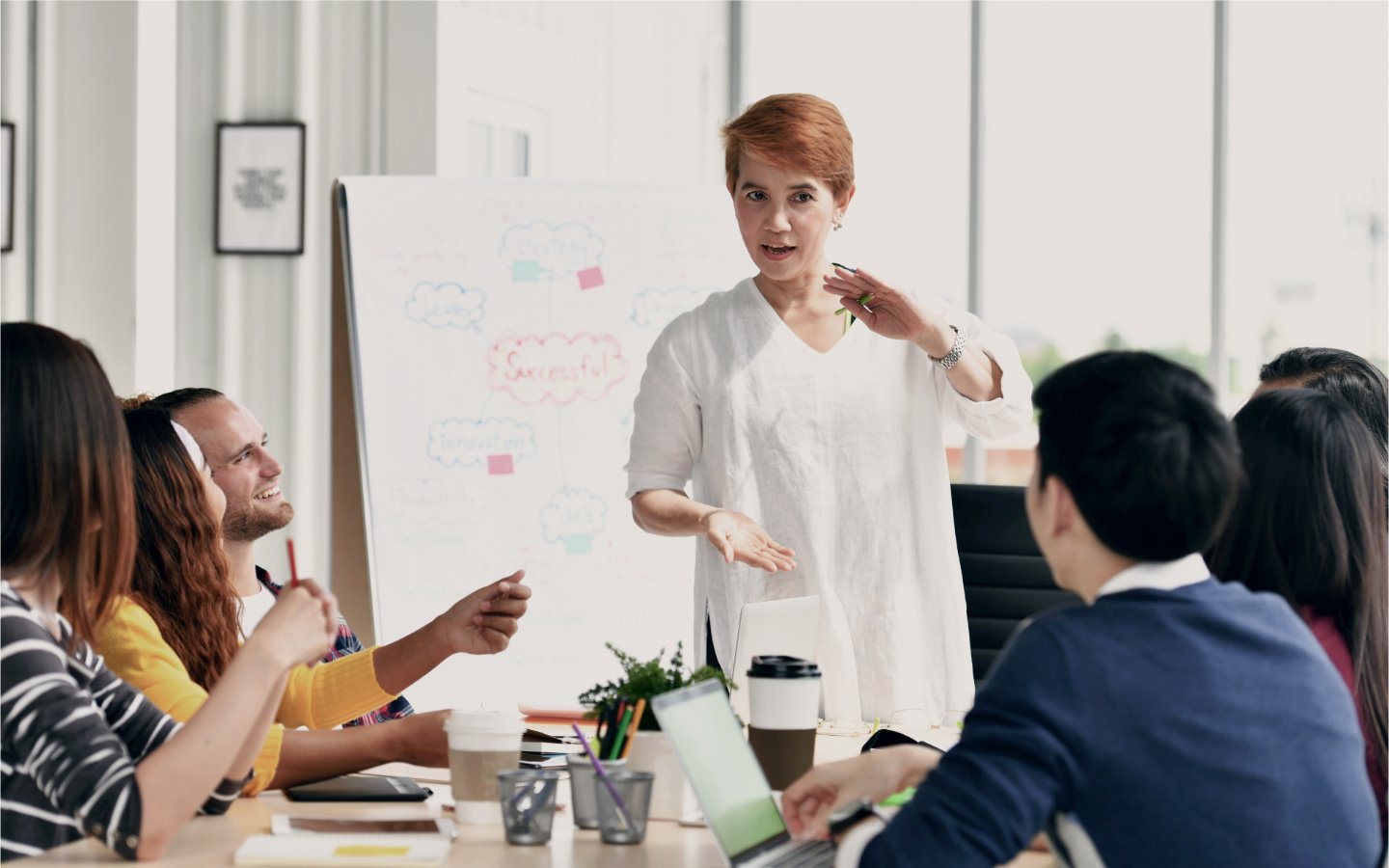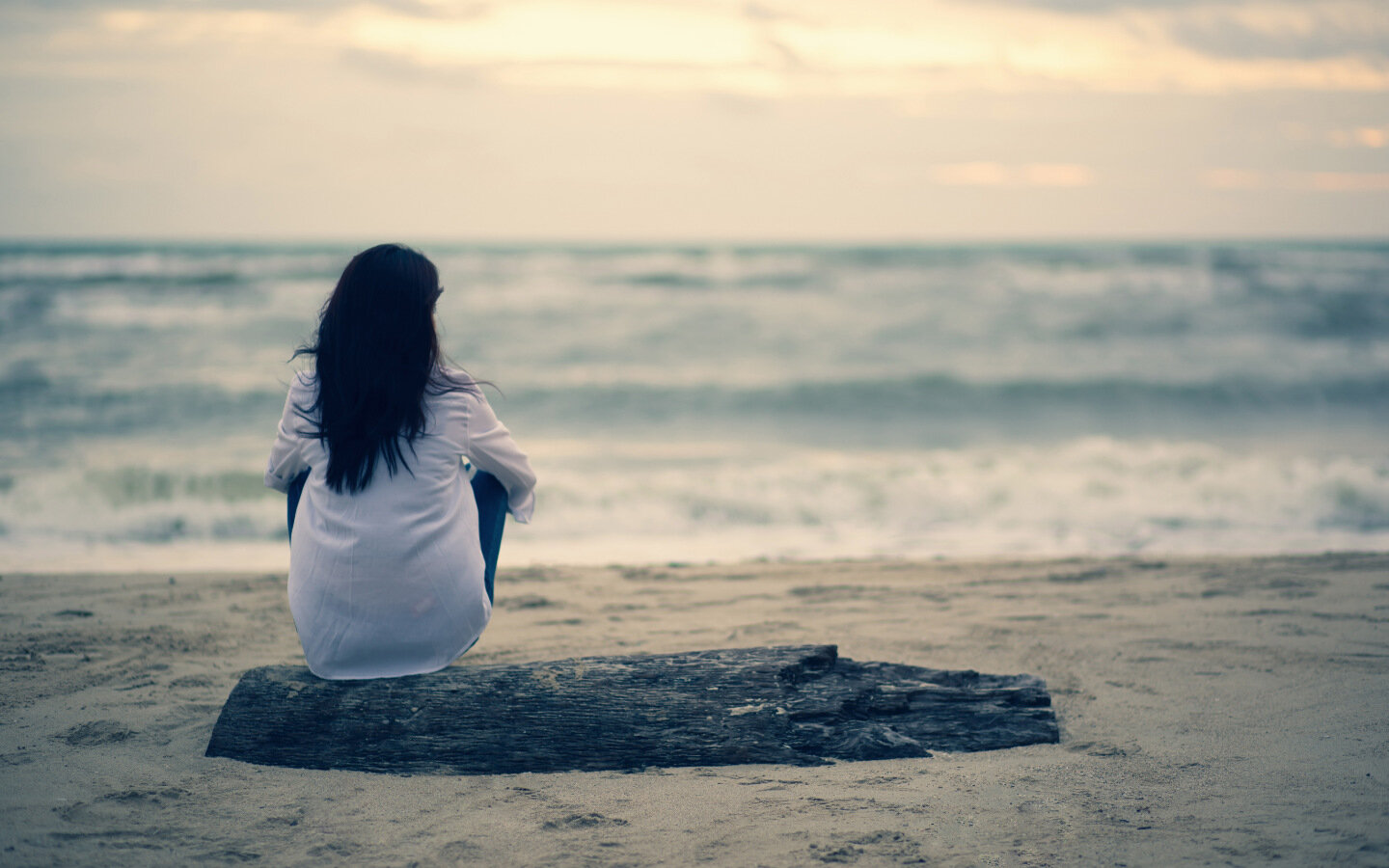REAL-TALK: Mindful Skills for our Future Workforce
/Mindfulness, and its related practices have been around for centuries, but for some in mainstream western culture, these practices could be quite new – especially for children. As adults, we can learn to adapt to challenging situations, but as the world gets more complex and connected, who is teaching our children the skills needed to thrive – for now, and the future.
We sit down with Kat & Bodhi from Breathe Project, who are on a mission to integrate one simple mindful practice within schools around Australia (and the world) – arming our future workforce with the practical skills they need to cope with the increasing demands of life.
We’d love to learn a little more about you. Tell us about the Breathe Project, and what you’re trying to do?
Our golden mission is to change the old school system. Not by building ‘just’ another program or giving motivational talks in schools, but to actually embed 3-minutes of Mindful Breathing into the normal school day. Like recess, but for your mental and emotional health. Structural change. A way for kids and teachers to connect, and have a moment of quiet space daily – helping to build a healthier relationship with their minds. Naturally, this has helped reduce anxiety, stress and restlessness among children in over 135 schools that the Breathe Project have been working with around Australia and New Zealand. We’re currently getting ready for our U.S.A Tour in September – coming in fresh for their new school year.
What major changes have you witnessed within mindfulness in the last few years?
Mindfulness has boomed. It is an amazing wave that is washing over the whole globe, and we are lucky to be a part of it. In schools and workplaces it has become more and more common and accepted. As we are all realising that the way we have been living and working has tipped us over the edge into more stress, more anxiety, and more depression – with suicide rates at an all time high. In fact, in 2016, 65,000 Australians attempted suicide, and on average 7.9 Australians take their own life each day. It’s a crazy truth, but this truth and realisation we are all having and experiencing has been pivotal in our global awakening. So I’m really happy that mindfulness, yoga, meditation, and breathwork, have all become more accepted in the mainstream. The change for schools over the past 2 and a half years has been beautiful to watch. We had lots of hesitation and resistance in the beginning, especially from Principals and leadership teams – however, it’s now common for us to walk into a school, with the principal to greet us and say how glad they are to have us here.
How do school-age children who have never been exposed to mindfulness respond to it, as compared to adults?
Kids love it. Especially primary school kids. They get it, and they are so curious and excited by life.
The younger ones, prep/kinder and year 1 can be challenging for us to hold engagement with, but it’s a great challenge, as a lot of facilitators go in with fairy wings and a wand, or dressed up as a dolphin and have to put on a full act to just engage them. But we like to keep it real, practical and help them understand the usefulness of Mindful Breathing.
High school is a whole different story. Picture walking into a hall full of 14 year olds, sometimes 250–350 students staring at you, judging everything from what we wear, how we speak, and then comments like, “what are you even doing sir”, to which we respond – “breathing, I’ve been breathing my whole life”. However, this is the challenge we have taken on board, because we know it can help. It’s an amazing feeling when you watch the progress, going from arms crossed, to mindfully breathing together. The challenge is worth it to see that transformation.
Adults are always different, we can meet a lot of resistance, especially because we are taking one hour out of their time, after school. With adults we get to see a greater transformation during our workshops. Most of the time they can’t believe how peaceful, calm, and less tense they feel. That’s what I love. We don’t try and sell them a 21 day challenge, or the next trend. We give them an experience that they can feel. It’s something that is results-based, and is what brings such success to the work we do. We don’t get caught up in science and backing everything we say, because we don’t need to.
“Over time, if we get 3-minutes of Mindful Breathing into the normal school day, we will see a huge shift in the future workforce. The population will have built a 12 year (school length) habit of pausing, taking a breath, and responding to situations.”
What are kids teaching us about mindfulness? What new things have you learnt because of your work with children?
Kids are incredible teachers of Mindfulness. They are so present. They get extremely emotional and let it out on the spot, no filter, then return to a more calm state within moments. We tend to hold back on what we are feeling, suppress and then pay someone (psych, counselor, therapist) years down the track just to listen to us express. Kids when they are young, show us how to be more in our senses. They smell the roses, or follow the bee for hours just watching it with full curiosity. I really love how sensitive kids are, and how intune they are. Through them, I have learnt how to be more joyful and play more, and not be scared to tell stories. Kids (when young), have such a desire to put their hand up and share a story – they will tell you anything!
When learnt at a young age, what kind of impact do you think mindfulness will have within the workforce?
Over time, if we get 3-minutes of Mindful Breathing into the normal school day, we will see a huge shift in the future workforce. The population will have built a 12 year (school length) habit of pausing, taking a breath, and responding to situations – instead of reacting from an emotional or fear driven place. We will see more conscious people running organisations, more people doing what they love for a living, and realising it’s more about contributing and honoring their gifts. We will see thriving workforces that are moving in synergy with the community and planet. There will be more people taking responsibility for their lives, choices and actions. So hopefully we will see more passion and purpose in workforces as people will make choices based on themselves and not their parents, peers or society's expectations.
How do you think leadership will change in the future, as the practice increasingly becomes more mainstream?
We will have more conscious leaders that are intune with their role of being a leader, role model, and a living example. Not everyone is a born leader, so I think we won’t see more leaders, but we will see stronger leaders that own their role and less ego running our companies, schools and countries. Hopefully we will see leaders that care about the greater good of our people and planet. Mindfulness gives people such a deeper sense of interconnection with everyone and everything.
How can we as adults encourage our children to be part of a mindful practice?
We can choose something that works for us as adults. Whether it’s a technique, a tool, a strategy, or a practice and share it with our children. If you are a parent (or teacher), build something simple into your day with your kids, and keep it consistent. Try not to bring it up when they are just feeling angry or anxious, but build it into your everyday as something you do together. For example, Kat and I take one deep breath before each of the three meals we eat together each day. Just one. But we do it every meal and this has helped us be more present with our food and each other, plus break an old habit of shovelling food down and getting straight back into work mode. It breaks the robot patterns. The aim is that when we build this into the normal day with kids, they are more likely to then use the technique/tool when they do really need it. The ultimate goal is when they can self identify and self regulate, but we need to support them and nurture them towards this. The bonus? You then get that time to practice Mindfulness – it’s a win-win.
What are the top 3 mindful skills we can teach our children, to set them up for a successful future?
Mindful Breathing has got to be number one. A simple technique that they can then use whenever they need it to calm down, clear their mind and re-centre/focus. You can get started on our website.
Before bed, is one of the best times for kids to take a few slower, deeper breaths. To unwind the mind and nervous system. A great rhythm to get into for high school and becoming an adult, as 90% of adults we work with have trouble with their sleep.
I’m not sure if this is a Mindful skill, but third is anything that helps children understand who they are from a young age. Any books that help trigger self-enquiry. Helping to explore and discover themselves is one of the greatest things we can do for our children.
What’s your dream for our future workforce?
People doing what they love – doing jobs that they are gifted in, and passionate about only. This would be so incredible. We would end up seeing more happiness in the workforce, and personal lives. I want to see our workforce shift internally, so that workplaces are beautiful and welcoming and honouring of people, which helps support well-being. Less robotic and more real and human.
To learn more about Kat and Bodhi, and the Breathe Project, check our their website, or follow them on Instagram and Facebook.
